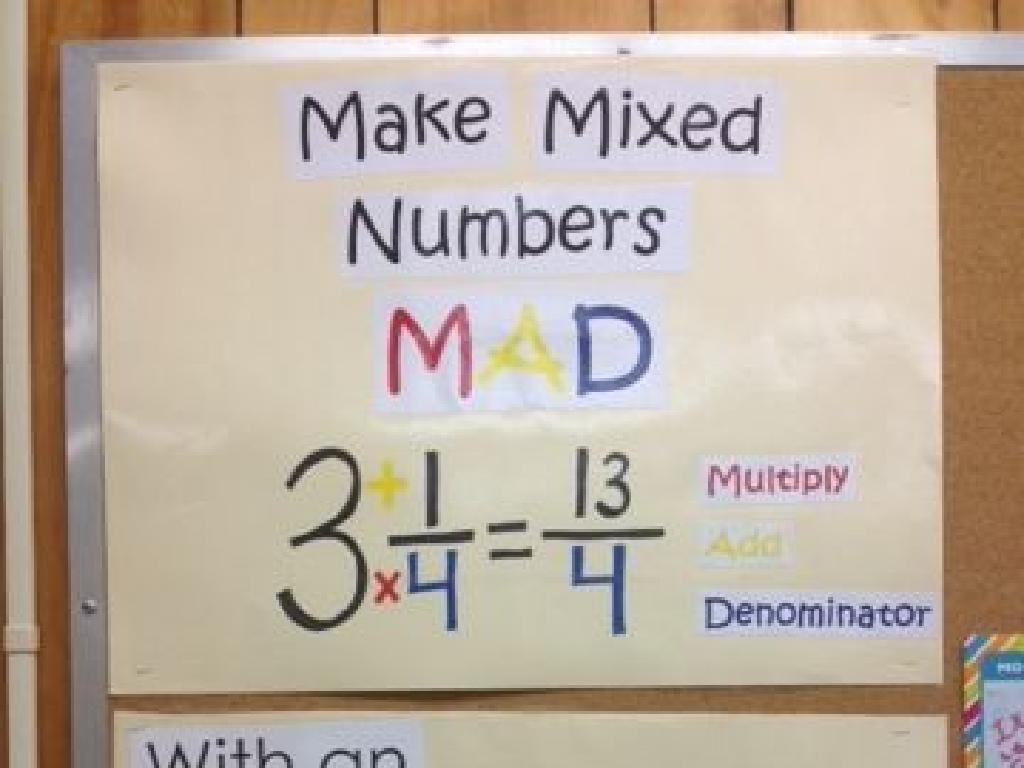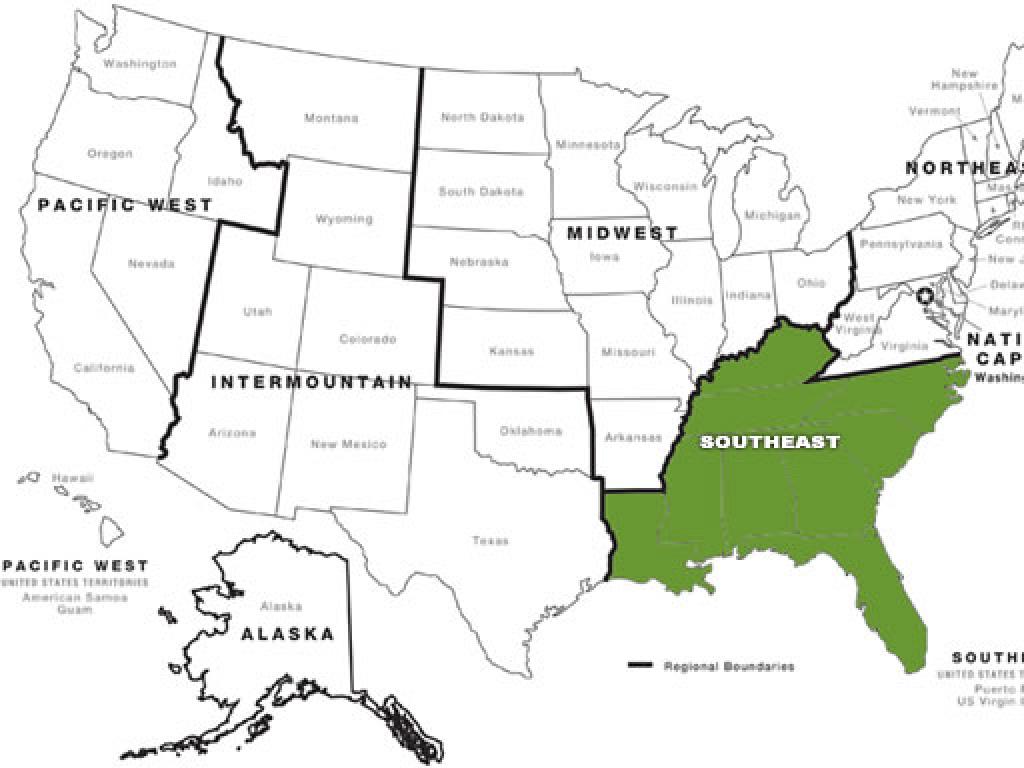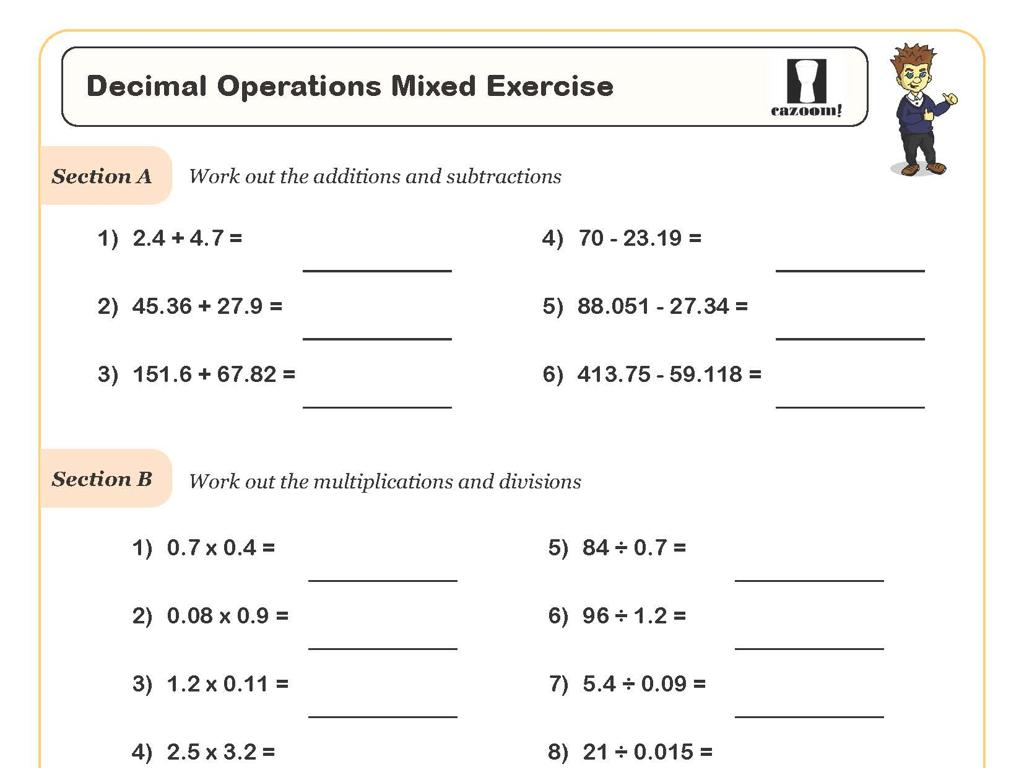Compare Fossils To Modern Organisms
Subject: Science
Grade: Fourth grade
Topic: Fossils
Please LOG IN to download the presentation. Access is available to registered users only.
View More Content
Welcome to the Past!: Fossils vs. Modern Organisms
– What are fossils?
– Fossils are remains of ancient life, like bones or shells.
– Fossils as clues to the past
– They show us what creatures looked like long ago.
– Comparing fossils to today’s animals
– See how ancient creatures differ from or resemble animals we know.
– What we learn from fossils
– Fossils tell us about Earth’s history and evolution.
|
This slide introduces students to the concept of fossils and their importance in understanding the history of life on Earth. Begin by explaining what fossils are and how they are formed. Discuss how fossils serve as clues to what life was like millions of years ago and how scientists use them to learn about the past. Encourage students to think about how animals today might look as fossils in the future. Provide examples of fossils and modern animals that share similarities, such as ancient marine reptiles and modern-day dolphins, to illustrate how some traits have been preserved through time. The goal is to spark curiosity about the natural world and the history of life on our planet.
What Are Fossils?
– Fossils: Preserved ancient life
– Remains of plants or animals in rock
– Types: Bones, teeth, shells, imprints
– Examples include dinosaur bones or ancient leaves
– Fossils as nature’s time capsules
– They capture history, like a snapshot of the past
– Comparing fossils to today’s life
– Observe similarities and differences with current organisms
|
Fossils provide us with a window into the past, showing us what plants and animals looked like millions of years ago. They can include hard parts like bones and teeth, as well as softer parts like leaves and footprints that have left their mark. These natural time capsules help us understand how life on Earth has changed over time. When comparing fossils to modern organisms, students can look for similarities and differences to understand how species have evolved. Encourage students to think about what we can learn from fossils and how they help scientists piece together the history of life on Earth.
Types of Fossils: Body vs. Trace
– Body Fossils: preserved parts
– Like bones, teeth, or shells
– Trace Fossils: activity evidence
– Like footprints, nests, or poop
– Examples of Body Fossils
– Dinosaur bones, ancient leaves
– Examples of Trace Fossils
– Dino footprints, worm burrows
|
This slide introduces students to the two main types of fossils and their significance. Body fossils are actual parts of organisms that have been preserved over time, such as bones, teeth, or shells. Trace fossils are evidence of an organism’s activities, like footprints, nests, or droppings. Provide examples like dinosaur bones or ancient leaves for body fossils, and dinosaur footprints or worm burrows for trace fossils. Encourage students to think about how these fossils form and what they can tell us about past life on Earth. Discuss the conditions necessary for fossilization and how these fossils help scientists compare ancient organisms to those living today.
How Are Fossils Formed?
– Fossils: preserved remains of living things
– Fossils can be bones, shells, or imprints
– Formation: organisms buried by sediment
– Sediment can be sand, mud, or clay
– Sediment turns to rock, encasing organisms
– Over time, layers build up and harden
– Fossilization: a process over millennia
– It can take up to millions of years!
|
This slide explains the fossilization process to the students. Begin by defining what a fossil is and then describe how most fossils are formed when organisms get buried by sediment after they die. Over time, the sediment turns into rock and preserves the shape or imprint of the organisms. Emphasize that this process is not quick; it takes a very long time, from thousands to millions of years. To help students grasp the concept of geological time, compare it to a familiar time frame, such as their age or historical events.
Fossils vs. Modern Organisms
– Fossils: A glimpse into the past
– Fossils are remains of ancient life, like dinosaurs or plants.
– Comparing fossils to today’s life
– Look at a fossil and a living creature, how are they alike?
– Finding similarities and differences
– Do they have similar shapes or features? What has changed?
– Understanding Earth’s history
|
This slide aims to introduce students to the concept of fossils and how they can be compared to modern organisms. Fossils, which are the preserved remains or traces of ancient life, provide a window into what creatures looked like long ago. By comparing these fossils to animals and plants that are alive today, students can explore the similarities and differences, fostering an understanding of how species have evolved over time. Encourage students to think about the environment of the past and present, and how changes in the environment might lead to changes in the organisms. This comparison can help students appreciate the dynamic nature of life on Earth and the value of biodiversity.
Case Study: The Woolly Mammoth
– Woolly Mammoth: Elephant ancestor
– Lived during the Ice Age, much like today’s elephants but woollier
– Compare size, tusks, and fur
– Mammoths were larger, had curvier tusks, and thicker fur than today’s elephants
– Analyze similarities and differences
– Similarities show relation, differences show adaptation over time
– Insights from these comparisons
|
This slide introduces the Woolly Mammoth as a case study to understand the relationship between ancient and modern species. By comparing the physical characteristics of the Woolly Mammoth to modern elephants, students can observe both similarities and differences. These comparisons help students grasp the concept of evolutionary adaptation, as they can see how mammoths were suited for their colder environment with features like thicker fur. Discuss how these traits changed over time, leading to the modern elephants we know today. Encourage students to think about what the environment was like during the time of the mammoths and how that might have influenced their evolution.
Discovering Fossils: Paleontologist Explorers
– Who are paleontologists?
– Scientists who study ancient life through fossils
– Tools used to uncover fossils
– Brushes, chisels, and other tools help find fossils without damage
– Discoveries about ancient life
– They can learn what creatures looked like, what they ate, and how they lived
– Comparing fossils to today’s life
– Fossils show us how different or similar ancient organisms are to modern ones
|
This slide introduces students to the role of paleontologists and the tools they use to uncover fossils. Emphasize that paleontologists are like detectives who use clues from the past to understand ancient life. Discuss the careful methods they use to excavate fossils to prevent damage. Highlight the types of discoveries paleontologists can make, such as the appearance of ancient creatures, their diets, and their behaviors. Encourage students to think about how these ancient organisms might compare to animals and plants we see today, fostering an understanding of how life on Earth has changed over time.
Let’s Be Paleontologists!: Fossil Excavation
– Create a ‘fossil dig’ with plaster
– Work in teams to excavate
– Uncover ‘fossils’ in the classroom
– Compare ‘fossils’ to modern objects
– How are the ‘fossils’ similar or different from items we use today?
|
This class activity is designed to give students a hands-on experience with paleontology. By creating a simulated ‘fossil dig’ using plaster and small objects, students will learn how fossils are formed, preserved, and discovered. Working in teams, they will practice careful excavation techniques to uncover their ‘fossils’. Once the ‘fossils’ are excavated, students will compare them to modern objects, discussing similarities and differences. This will help them understand the concept of fossilization and how it can inform us about past life and environments. Possible activities include excavating ‘fossil’ layers with brushes, identifying the ‘fossils’ found, and drawing comparisons to present-day organisms or objects. Encourage students to consider what the ‘fossils’ might tell us about the past.
Fossils vs. Modern Organisms: Reflection
– Fossils reveal past life forms
– Studying fossils informs about Earth’s history
– Fossils show changes in Earth and life over time
– Fossils help us understand evolution
– They show how species have evolved
– Share an interesting fossil fact
– Each student shares a fact that fascinated them
|
As we wrap up our lesson, let’s reflect on the importance of fossils in understanding the history of life on Earth. Fossils, which are the preserved remains of ancient organisms, provide a window into the past, allowing us to see how life has changed and evolved over millions of years. By comparing fossils to modern organisms, we can trace the lineage of species and understand the adaptations that have allowed life to thrive. Encourage each student to share one fact about fossils that they found particularly interesting, fostering a sense of curiosity and reinforcing their learning. This activity not only helps to review the day’s material but also allows students to engage with the subject matter in a personal and meaningful way.





